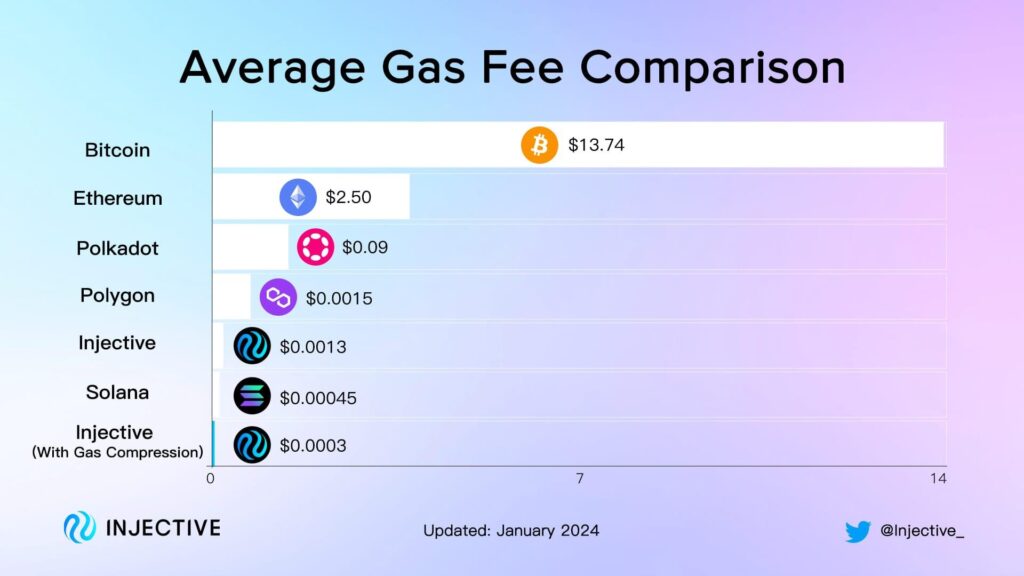In the bustling world of blockchain and cryptocurrencies, gas fees have become a familiar-if sometimes frustrating-companion on every transaction journey. These small but essential charges power the networks, ensuring that your digital assets move securely and swiftly across decentralized platforms. Yet, for many users, gas fees can feel like mysterious tolls that fluctuate unpredictably, making it hard to predict costs or optimize spending. This article aims to demystify the concept of gas fees, exploring what they are, why they matter, and most importantly, how you can navigate this complex landscape to reduce them without compromising on efficiency. Whether you’re a seasoned crypto enthusiast or just stepping into the world of decentralized finance, understanding gas fees is key to making the most of your digital transactions.
Table of Contents
- Understanding the Basics of Gas Fees in Blockchain Transactions
- Factors Influencing Gas Fee Fluctuations and Market Dynamics
- Strategies to Optimize Gas Usage and Lower Transaction Costs
- Leveraging Layer Two Solutions for Cost-Effective Transactions
- Best Practices for Monitoring and Managing Gas Fees Efficiently
- Frequently Asked Questions
- To Wrap It Up
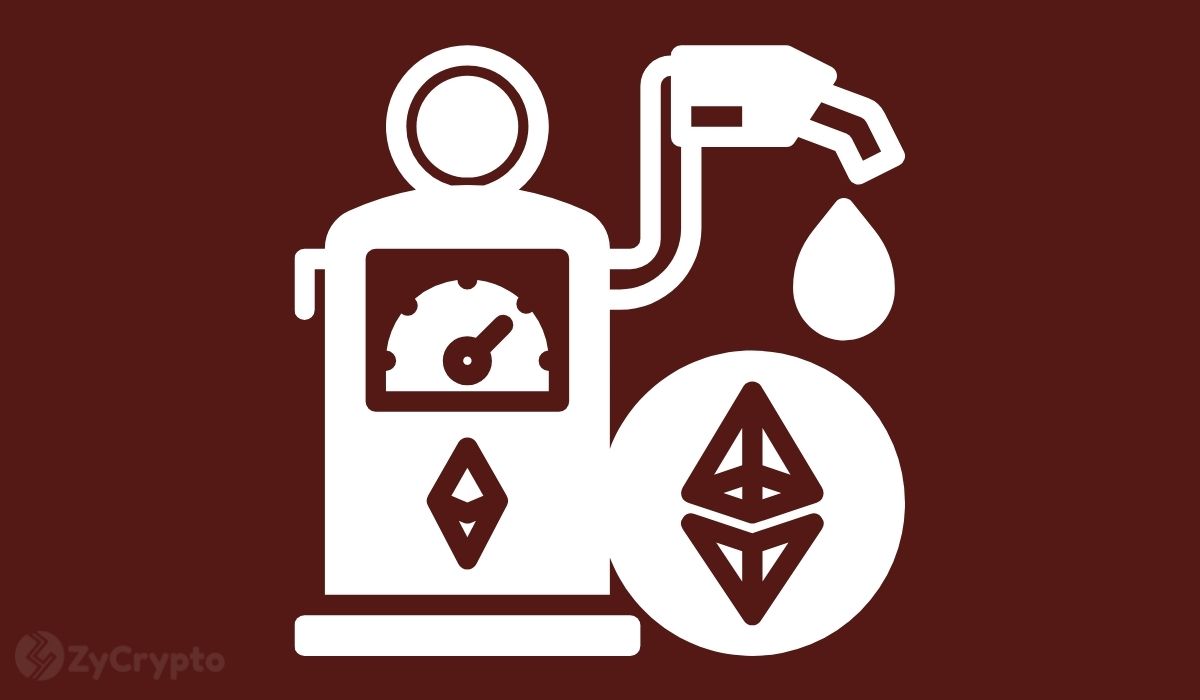
Understanding the Basics of Gas Fees in Blockchain Transactions
Every transaction on a blockchain network requires a small fee known as a gas fee. This fee compensates miners or validators for the computational power needed to process and secure the transaction. Gas fees are not fixed; they fluctuate based on network demand, transaction complexity, and the underlying blockchain protocol. Essentially, gas acts as a pricing mechanism to prioritize transactions – higher fees often mean faster processing times.
At its core, gas fees are measured in units of gas, with each operation in a transaction consuming a specific amount. For example, simple token transfers consume less gas than executing complex smart contracts. The cost of gas is then multiplied by the current gas price (usually denominated in cryptocurrency such as Gwei on Ethereum) to determine the total fee payable by the user.
Understanding this system helps users make smarter decisions when initiating transactions. Here are some critical factors influencing gas fees:
- Network Congestion: Higher demand leads to increased fees as users compete for limited block space.
- Transaction Type: Complex operations require more gas compared to straightforward transfers.
- Gas Price Setting: Users can set a gas price manually to speed up or delay confirmations.
| Transaction Type | Approximate Gas Used | Example |
|---|---|---|
| Simple Transfer | 21,000 units | Sending ETH or tokens |
| Smart Contract Execution | 100,000+ units | DeFi interactions, NFT minting |
| Contract Deployment | >1,000,000 units | Launching new dApps |
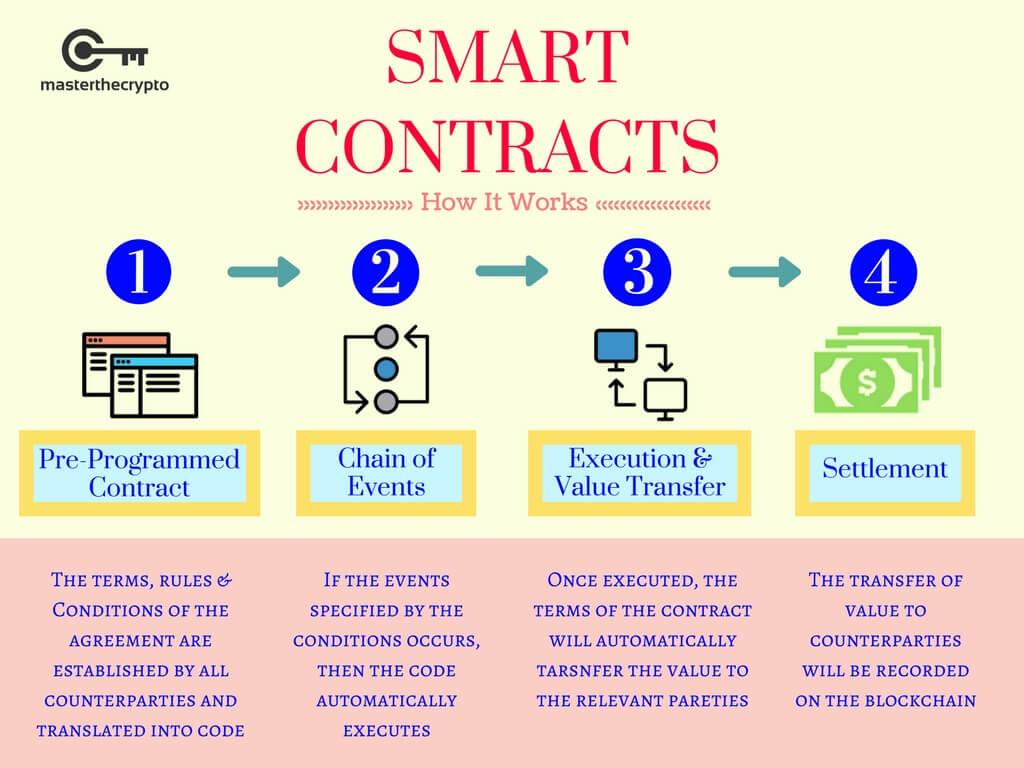
Factors Influencing Gas Fee Fluctuations and Market Dynamics
Gas fees on blockchain networks, particularly Ethereum, are influenced by a complex interplay of factors that reflect the underlying market dynamics and network activity. At the core, these fees are determined by supply and demand: when network usage surges, users compete to have their transactions processed quickly, driving up the cost per unit of gas. This competition can spike dramatically during popular token launches, NFT drops, or DeFi protocol interactions when demand overwhelms available block space.
Network congestion is another critical element. During peak periods, miners or validators prioritize transactions offering higher fees, making it essential for users to increase their gas price to avoid delays. Conversely, when the network is less busy, fees tend to drop, creating opportunities for cost-efficient transactions. Innovations like Ethereum’s transition to Proof of Stake and Layer 2 scaling solutions aim to alleviate congestion and smooth out these fluctuations.
External factors such as blockchain upgrades, market sentiment, and even global events can indirectly affect gas fees. For instance, a sudden surge in cryptocurrency prices often triggers increased trading activity, amplifying transaction volumes and pushing fees higher. Additionally, smart contract complexity matters-transactions invoking intricate contracts require more computational effort, translating to higher gas consumption and thus elevated fees.
- Transaction volume: Higher demand means higher fees.
- Network upgrades: Can optimize or temporarily disrupt fee structures.
- Smart contract complexity: More complex contracts cost more gas.
- Market activity: Bull markets often increase transaction frequency.
| Factor | Effect on Gas Fee | Example |
|---|---|---|
| Network Congestion | Increases fees | NFT launches |
| Gas Price Bidding | Prioritized transactions cost more | DeFi swaps |
| Smart Contract Complexity | Higher gas use | Multi-step token swaps |
| Market Sentiment | Indirect fee impact via volume | Crypto bull runs |
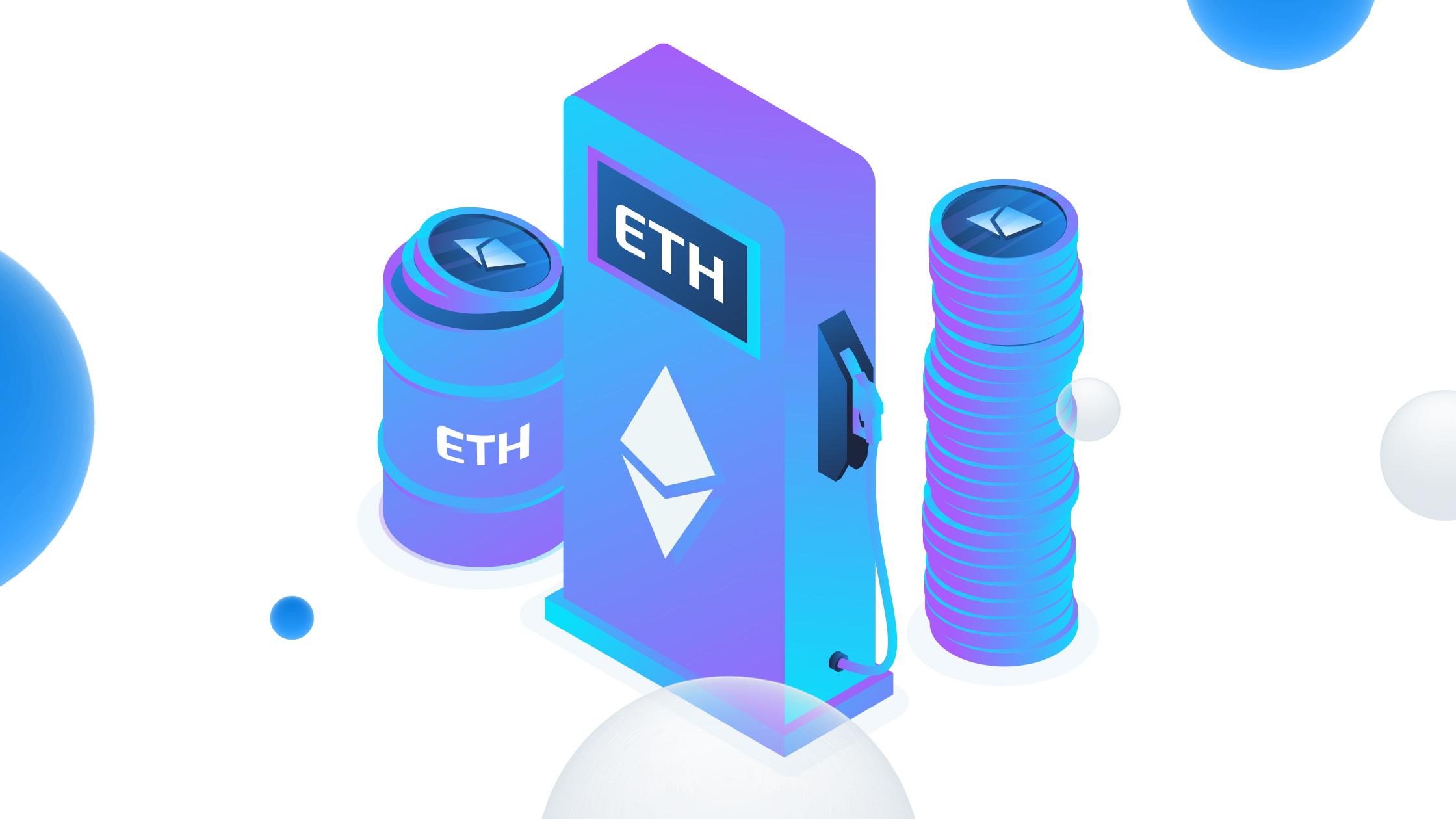
Strategies to Optimize Gas Usage and Lower Transaction Costs
Efficiently managing gas fees begins with understanding when and how to interact with the blockchain. One effective approach is to schedule transactions during off-peak hours. Gas prices fluctuate based on network congestion, so initiating transactions at times of lower activity can significantly reduce costs. Tools like gas trackers and alerts can help pinpoint optimal windows for sending transactions.
Another key strategy is to optimize smart contract interactions. Complex contracts that require multiple operations can consume excessive gas. By consolidating functions or using more gas-efficient coding patterns, developers and users alike can minimize unnecessary consumption. Additionally, batching multiple actions into a single transaction can drastically cut down on total gas used.
Utilizing layer 2 solutions or sidechains is becoming an increasingly popular method to lower transaction costs. These platforms process transactions off the main Ethereum chain, offering faster speeds and reduced fees without compromising security. When available, leveraging these alternatives can provide a seamless experience while keeping expenses in check.
- Monitor gas price trends with reliable analytics tools.
- Use wallet features that allow manual gas fee adjustments.
- Explore decentralized exchanges with lower fee structures.
- Consider token standards that are more gas-efficient.
| Strategy | Benefit | Typical Gas Savings |
|---|---|---|
| Off-Peak Timing | Lower network congestion | 20-50% |
| Batch Transactions | Reduced overhead per operation | 30-60% |
| Layer 2 Solutions | Faster, cheaper transactions | Up to 90% |
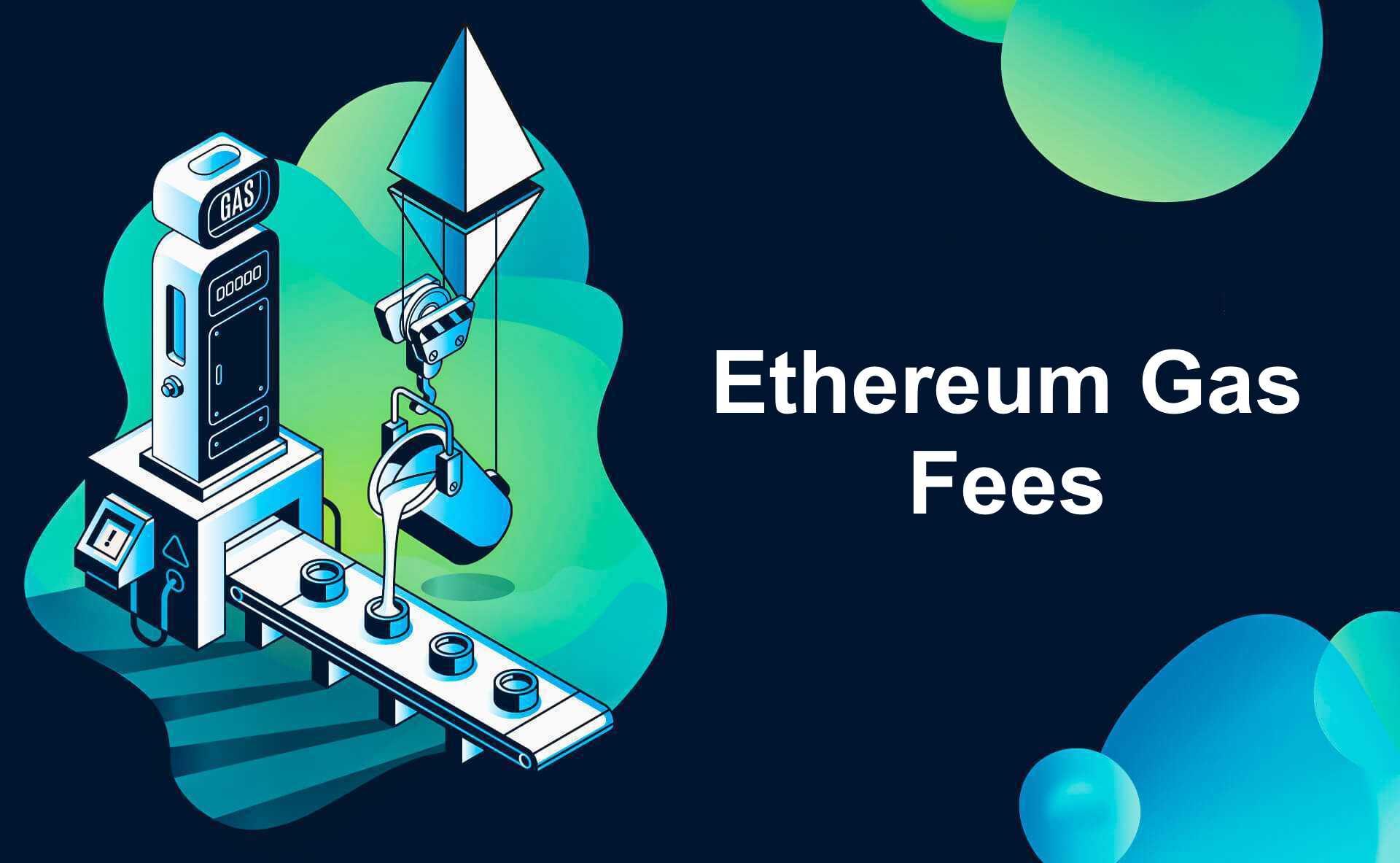
Leveraging Layer Two Solutions for Cost-Effective Transactions
Layer Two (L2) solutions have emerged as a game-changer in the blockchain ecosystem, offering a practical way to scale networks while drastically reducing transaction costs. By operating atop the main blockchain (Layer One), these protocols handle transactions off-chain or in a more efficient manner, alleviating congestion and minimizing gas fees. This makes everyday transactions more accessible, especially for users who were previously deterred by the high costs associated with on-chain activity.
One of the most popular L2 approaches includes rollups, where multiple transactions are bundled together and posted to the main chain as a single batch. This technique not only speeds up processing but also redistributes gas costs across many users, leading to substantial savings. Optimistic rollups and zk-rollups represent two primary forms, each with unique security and performance characteristics tailored to different use cases.
Besides rollups, other solutions like state channels and sidechains contribute to cost efficiency. State channels allow parties to transact privately off-chain, committing only the final state to the mainnet, while sidechains operate independently but maintain interoperability with the main network. Choosing the right Layer Two solution depends on your specific transaction needs-whether speed, security, or cost is the priority.
| Layer Two Solution | Cost Efficiency | Speed | Security |
|---|---|---|---|
| Optimistic Rollups | High | Moderate | Strong (fraud proofs) |
| zk-Rollups | Very High | Fast | Very Strong (zero-knowledge proofs) |
| State Channels | High | Instant | Depends on participants |
| Sidechains | Moderate | Fast | Variable (independent security model) |

Best Practices for Monitoring and Managing Gas Fees Efficiently
Effectively keeping track of gas fees requires more than just glancing at the current rates; it demands a strategic and proactive approach. One of the most practical methods is to monitor network congestion using reliable blockchain explorers or dedicated gas tracking tools. These platforms provide real-time insights into transaction volumes and pending operations, allowing users to pinpoint optimal windows when fees dip.
In addition to timing, leveraging automated alerts can significantly enhance your fee management. Setting up notifications for gas fee thresholds ensures you only initiate transactions when costs align with your budget. This hands-free approach prevents impulsive or expensive transactions, especially during sudden fee surges.
- Batch transactions: Combine multiple operations into a single transaction to reduce cumulative fees.
- Use Layer 2 solutions: Platforms like Optimism or Arbitrum offer lower fees by processing transactions off the main chain.
- Choose smart contract wallets: Some wallets optimize gas usage and can delay non-urgent transactions for cheaper execution.
| Strategy | Benefit | When to Use |
|---|---|---|
| Batch Transactions | Lower total fees | Multiple related transfers |
| Layer 2 Networks | Significantly reduced gas cost | Regular small transactions |
| Gas Fee Alerts | Cost-effective timing | High fee volatility periods |
Frequently Asked Questions
Q&A: Understanding Gas Fees and How to Reduce Them
Q1: What exactly are gas fees in the context of blockchain?
A1: Gas fees are the transaction costs paid to miners or validators on a blockchain network to process and confirm your transactions or smart contract executions. Think of them as the fuel that powers the blockchain engine-without paying gas fees, your transaction won’t get anywhere.
Q2: Why do gas fees fluctuate so much?
A2: Gas fees are dynamic because they depend on network demand. When many users want to execute transactions simultaneously, the network gets congested, driving up fees as users compete to have their transactions prioritized. It’s similar to rush hour traffic: more cars on the road mean slower movement and higher tolls.
Q3: How are gas fees calculated?
A3: Gas fees are calculated based on two components: gas limit and gas price. The gas limit is the maximum amount of computational effort you’re willing to use, while the gas price is how much you’re willing to pay per unit of gas. Multiplying these gives you the total fee in the native cryptocurrency.
Q4: Are gas fees only a concern on Ethereum?
A4: While Ethereum is famous for its gas fees due to its popularity and design, many blockchains have similar mechanisms. Each blockchain has its own way of calculating and charging fees, but the concept of paying for computational work is a common theme.
Q5: What are some practical ways to reduce gas fees?
A5: Here are a few strategies:
- Timing your transactions: Execute transactions during off-peak hours when network demand is lower.
- Adjust gas price manually: Some wallets allow you to set a lower gas price, but beware-too low and your transaction might get stuck.
- Use layer-2 solutions: These are secondary frameworks built on top of main blockchains that offer cheaper transactions.
- Batch transactions: Combining multiple operations into one transaction can save on fees.
- Choose alternative blockchains: Some offer lower fees while still supporting similar functionalities.
Q6: Can gas fees ever be zero?
A6: In public blockchains like Ethereum, gas fees are never truly zero because miners need incentives to validate transactions. However, some private or permissioned blockchains may operate with zero or negligible fees since their validation mechanisms differ.
Q7: How do gas fees impact the broader adoption of blockchain technology?
A7: High gas fees can deter everyday users and developers, creating barriers for widespread adoption. Reducing fees improves accessibility, encouraging more people to participate in decentralized applications and services.
Q8: Is there any future technology that could eliminate gas fees?
A8: While “eliminating” gas fees is unlikely, innovations such as Ethereum 2.0, sharding, and more scalable consensus mechanisms aim to drastically reduce fees and increase throughput, making blockchain more efficient and affordable.
Understanding gas fees is essential to navigating the blockchain world effectively. By knowing what drives these costs and how to manage them, users can make smarter decisions and enjoy a smoother decentralized experience.
To Wrap It Up
Navigating the world of gas fees can feel like decoding a complex puzzle, but with a bit of understanding and strategic planning, you can turn this challenge into an opportunity. By staying informed about network conditions, timing your transactions wisely, and exploring alternative solutions, you not only save on costs but also contribute to a more efficient blockchain ecosystem. As the landscape continues to evolve, embracing these practices empowers you to make smarter decisions-proving that when it comes to gas fees, knowledge truly is the most valuable currency.

